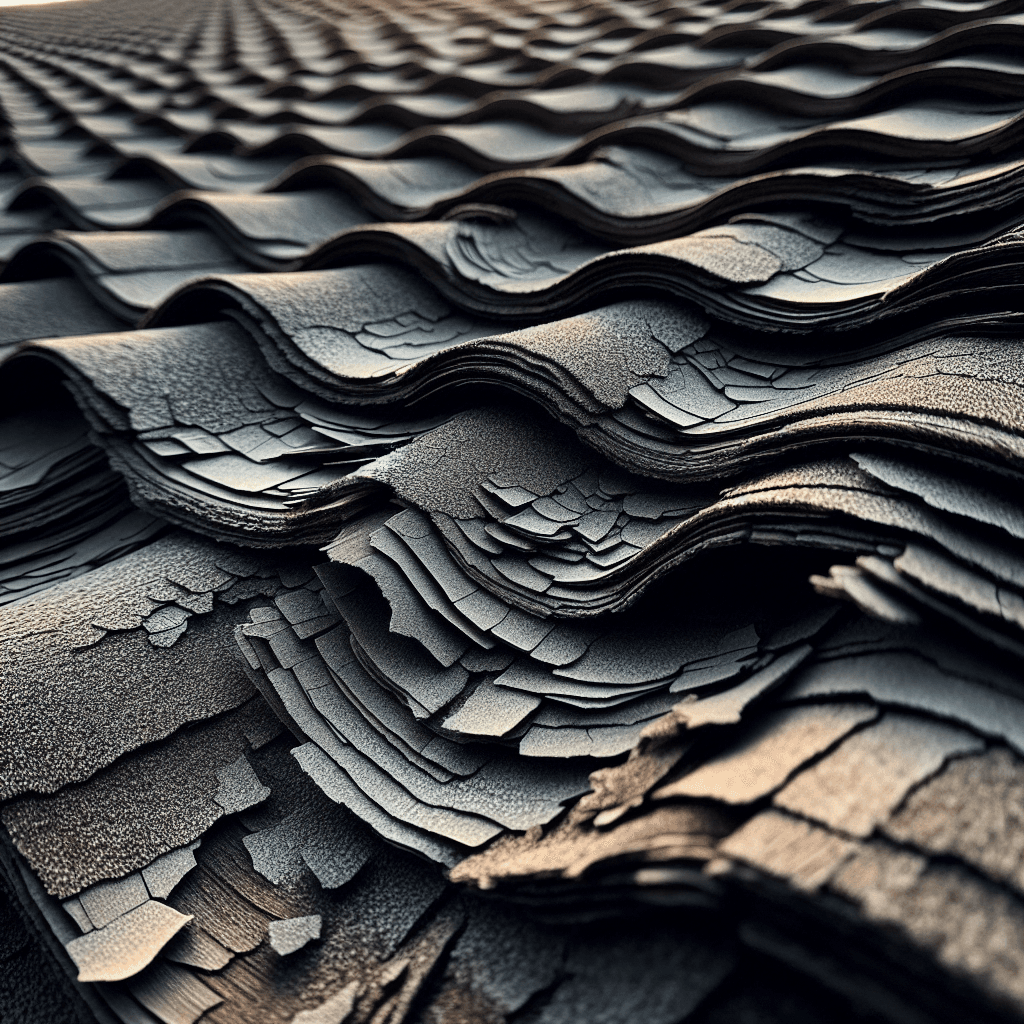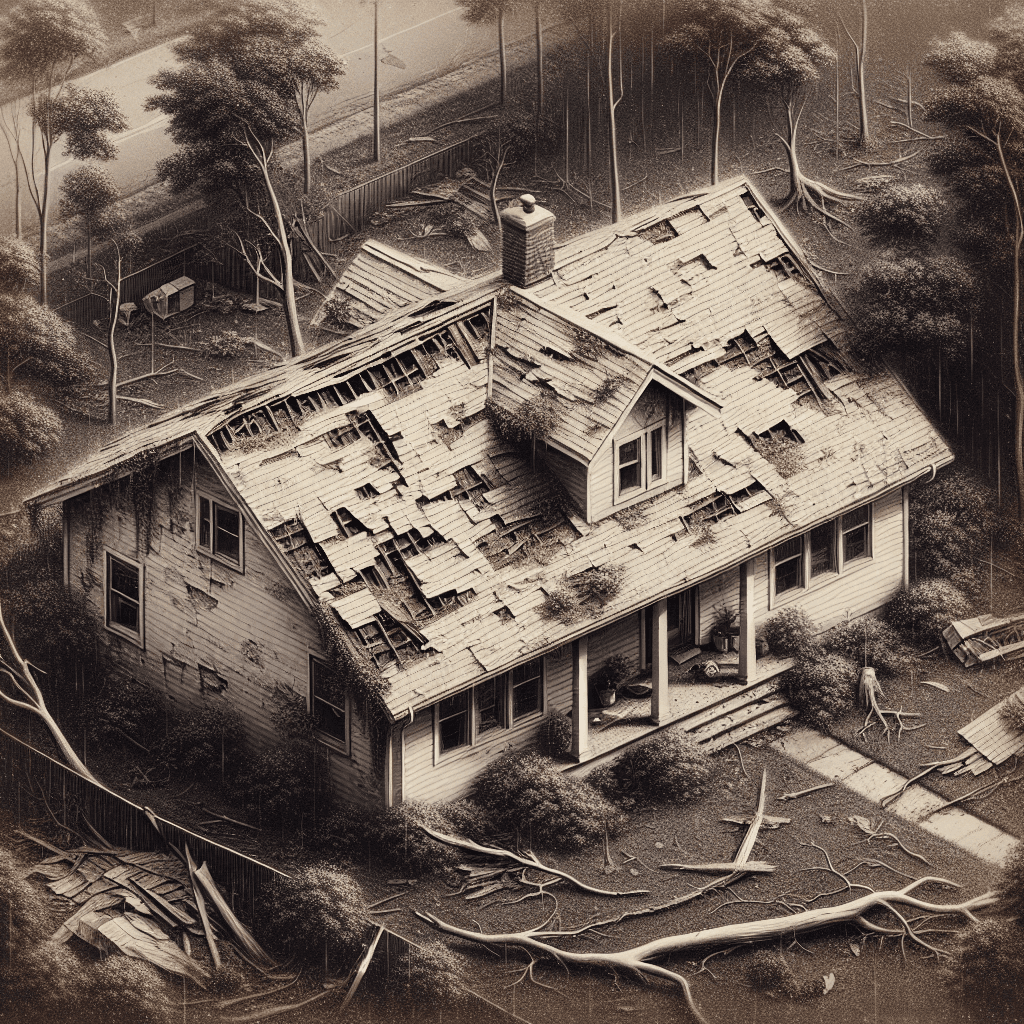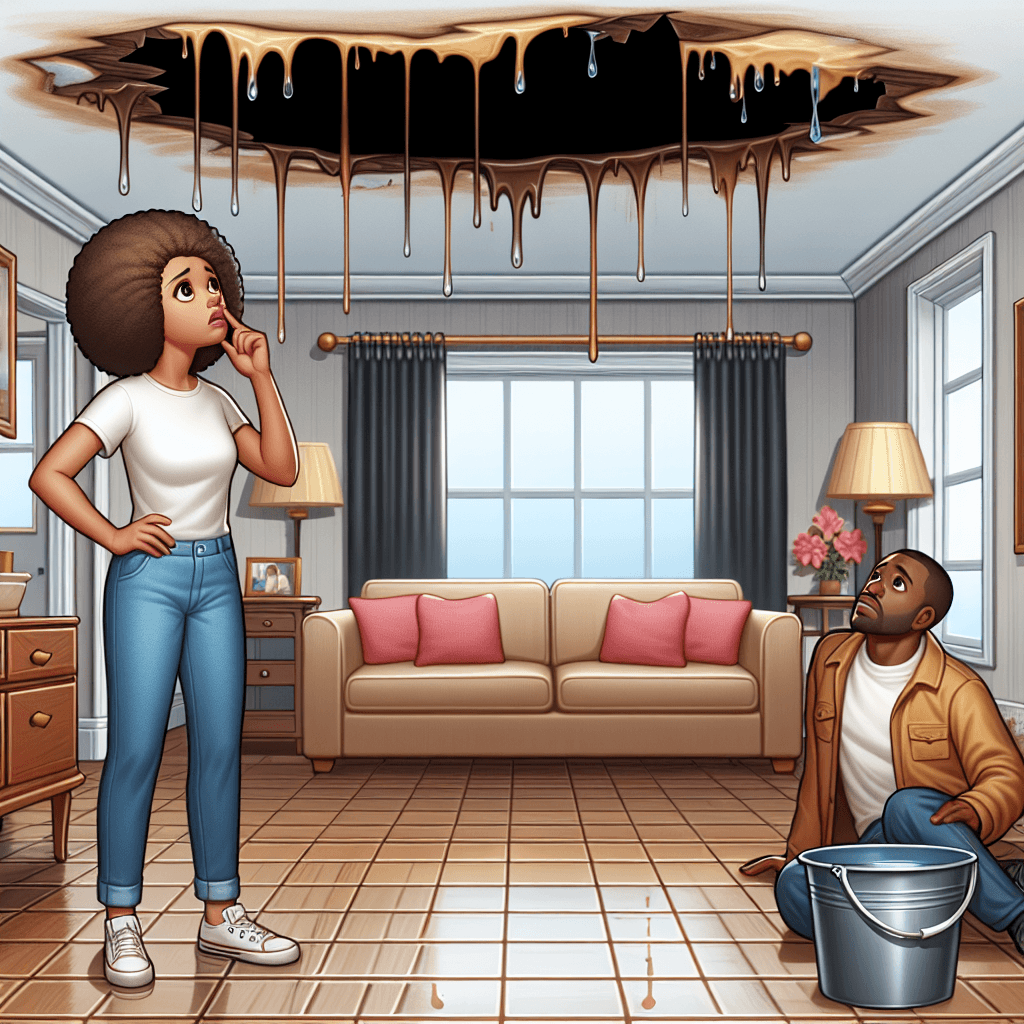For many homeowners, the roof is an often-overlooked aspect of their property until a significant problem arises. While it may be tempting to put off routine maintenance and small repairs in an effort to save money, this short-term thinking can lead to substantial long-term expenses. Neglecting your roof can drastically shorten its lifespan, requiring premature replacement and costing you thousands of dollars in the process.
Consider the following consequences of poor roof maintenance:
- Water damage to your home's interior, including walls, ceilings, and insulation
- Structural damage to rafters, trusses, and decking
- Increased energy costs due to heat loss or gain through a compromised roof
- Potential health hazards from mold growth caused by moisture intrusion
- Decreased property value and curb appeal

Regular roof maintenance, on the other hand, is a cost-effective strategy that can help you avoid these expensive issues. By investing in routine inspections, cleanings, and minor repairs, you can extend the life of your roof and safeguard your home from the elements. A well-maintained roof not only provides peace of mind but also saves you money in the long run. According to a study by Firestone Building Products and ProLogis, proactive maintenance costs approximately 14 cents per square foot annually, compared to 25 cents for reactive maintenance, resulting in significant savings source.
To create a budget for roof maintenance, consider using a roof repair and replacement cost estimator. This tool can help you anticipate potential expenses and plan accordingly, ensuring that you're prepared for both routine upkeep and unexpected repairs. Additionally, understanding that the average cost of roof repairs in the United States in 2024 ranges from $150 to $8,000, with most homeowners spending around $1,150, can help you set realistic expectations for your maintenance budget source.
By being proactive about roof maintenance, you not only extend the lifespan of your roof but also enhance your home's energy efficiency and structural integrity, proving that regular upkeep is a wise investment.
Common Signs of Roof Damage
Identifying roof damage early is crucial to preventing minor issues from escalating into major problems. By familiarizing yourself with the common signs of roof damage, you can take proactive steps to address concerns before they lead to costly repairs or premature replacement. Keep an eye out for the following indicators:
-
Missing, cracked, or curling shingles: Inspect your roof regularly for any shingles that are missing, cracked, or curling at the edges. These issues can allow water to penetrate your roof, leading to leaks and potential structural damage.
-
Water stains on ceilings or walls: If you notice discolored or sagging spots on your ceilings or walls, this could be a sign that your roof is leaking. Water stains are often accompanied by a musty smell, indicating the presence of moisture and potential mold growth.
-
Sagging or uneven roof surface: A sagging or uneven roof surface can indicate a more serious structural issue, such as damaged decking or support beams. This problem requires immediate attention from a professional roofing contractor to prevent further damage or even collapse.
Other signs of roof damage may include:
- Granules from shingles accumulating in gutters or downspouts
- Visible daylight through the roof boards in your attic
- Excessive energy bills due to heat loss or gain through a damaged roof

If you notice any of these warning signs, it's essential to address them promptly to minimize the extent and cost of repairs. Regularly inspecting your roof and addressing minor issues as they arise can help you avoid the hidden costs of neglecting your roof maintenance.
Factors That Contribute to Roof Wear and Tear
Several factors can contribute to the deterioration of your roof over time, making it more susceptible to damage and increasing the likelihood of costly repairs. Understanding these factors can help you take preventive measures to minimize their impact and extend the life of your roof.
-
Age and exposure to the elements: As your roof ages, it becomes more vulnerable to the effects of weather and the elements. Exposure to sun, wind, rain, snow, and ice can cause materials to degrade, leading to cracks, leaks, and other damage.
-
Improper installation or low-quality materials: If your roof was not installed correctly or if low-quality materials were used, it may be more prone to wear and tear. Improper installation techniques, such as inadequate fastening or flashing, can allow water to seep into your home and cause damage.
-
Lack of regular maintenance and inspections: Neglecting to perform routine maintenance and inspections can allow minor issues to go unnoticed, leading to more significant problems down the line. Regular check-ups can help you identify and address potential concerns before they escalate into costly repairs.
Other factors that can contribute to roof wear and tear include:
- Overhanging tree branches that rub against the roof or drop debris
- Clogged gutters and downspouts that cause water to back up and pool on the roof
- Inadequate ventilation in the attic, which can lead to moisture buildup and damage
- Pest infestations, such as rodents or insects, that can damage roofing materials

By being aware of these factors and taking proactive steps to mitigate their effects, you can help protect your roof from unnecessary wear and tear. Regular maintenance, timely repairs, and addressing potential hazards can go a long way in preserving the integrity of your roof and avoiding costly consequences down the road.
The Financial Implications of Roof Neglect
Neglecting your roof can have serious financial consequences that extend far beyond the cost of repairs or replacement. The longer you put off addressing roof issues, the more expensive the problems can become, often leading to a domino effect of damage throughout your home.
-
Higher repair and replacement costs: As minor roof issues go unaddressed, they can quickly escalate into major problems that require extensive and costly repairs. In some cases, the damage may be so severe that a complete roof replacement is necessary, which can cost thousands of dollars.
-
Increased energy bills due to poor insulation: A damaged or poorly maintained roof can allow heat to escape during the winter and enter during the summer, forcing your HVAC system to work harder to maintain a comfortable temperature. This can lead to higher energy bills and increased wear and tear on your heating and cooling equipment.
-
Potential structural damage to your home: If water is allowed to penetrate your roof and seep into your home's structure, it can cause significant damage to walls, ceilings, and support beams. This type of damage can be extremely expensive to repair and may even compromise the safety and stability of your home.
In addition to these direct costs, neglecting your roof can also lead to:
- Decreased property value, as a damaged roof is a major red flag for potential buyers
- Increased insurance premiums or difficulty obtaining coverage due to the heightened risk of damage
- Potential health hazards from mold growth caused by moisture intrusion

To avoid these financial pitfalls, it's crucial to prioritize regular roof maintenance and address any issues as soon as they arise. By investing in proactive care, you can save yourself from the hidden costs of neglect and ensure that your home remains a safe and secure investment for years to come.
Conclusion: Invest in Your Roof, Protect Your Home
Neglecting your roof may seem like a way to save money in the short term, but the long-term consequences can be severe and costly. From higher repair and replacement expenses to increased energy bills and potential structural damage, the hidden costs of roof neglect can quickly add up.
By understanding the factors that contribute to roof wear and tear, recognizing the signs of damage, and prioritizing regular maintenance, you can protect your home and your wallet from the financial burdens of a neglected roof. Investing in routine inspections, timely repairs, and proactive care can extend the life of your roof, improve your home's energy efficiency, and prevent minor issues from escalating into major problems.
Don't wait until it's too late to address your roof's needs. Use a roof repair and replacement cost estimator to plan for potential expenses and create a budget that includes regular maintenance and emergency funds for unexpected repairs. By taking a proactive approach to roof care, you can ensure that your home remains a safe, secure, and valuable investment for years to come.
Remember, when it comes to your roof, an ounce of prevention is worth a pound of cure. Don't let the hidden costs of neglect drain your wallet—invest in your roof today and enjoy the peace of mind that comes with a well-maintained home.
